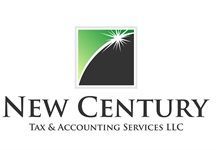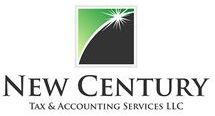Roth IRA vs. Traditional IRA: A Comprehensive Comparison
Nov 15 2024 16:14
Choosing the right retirement account is a critical decision that can significantly impact your financial security in the future. With various options available, it's easy to feel overwhelmed. However, understanding the differences between a Roth IRA and a Traditional IRA can help you make a well-informed decision tailored to your unique financial situation. This blog aims to provide valuable insights into both types of IRAs.
Traditional IRA
Contributions and Tax Benefits: Contributions to a Traditional IRA are made with pre-tax dollars, meaning they can reduce your taxable income for the year. This immediate tax advantage makes Traditional IRAs appealing to those looking to lower their tax bill in the contribution year.
Growth and Withdrawals: Investment earnings in a Traditional IRA grow tax-deferred. Taxes are applied only upon withdrawal, typically during retirement. Withdrawals are taxed at ordinary income tax rates, which could be beneficial if you expect a lower tax rate in retirement.
Required Minimum Distributions (RMDs): One notable requirement of Traditional IRAs is RMDs, which start at age 72. These mandatory withdrawals can impact your retirement financial planning, potentially forcing larger withdrawals than desired.
Tax Planning: For those expecting lower income in retirement, the tax savings on distributions could be significant. However, RMDs may disrupt this advantage by mandating withdrawals that push you into a higher tax bracket.
Roth IRA
Contributions and Tax Scenario: Contributions to a Roth IRA are made with after-tax dollars, meaning there's no immediate tax deduction. This can be less attractive in the short term but offers significant benefits in the long run.
Tax-Free Growth and Withdrawals: One of the most appealing features of a Roth IRA is that investment earnings grow tax-free, and qualified withdrawals during retirement are not taxed. This can lead to substantial tax savings if you expect to be in a higher tax bracket in retirement.
No Required Minimum Distributions (RMDs): Unlike Traditional IRAs, Roth IRAs do not have RMDs. This flexibility allows you to withdraw funds as needed without the pressure of mandatory distributions, making it easier to plan your retirement finances.
Future Tax Considerations: While you do pay taxes on Roth IRA contributions upfront, the tax-free growth and withdrawals can be advantageous if you end up in a higher tax bracket during retirement. This makes Roth IRAs a strategic choice for those seeking long-term benefits.
Making the Right Choice
Deciding between a Roth IRA and a Traditional IRA depends heavily on your individual financial circumstances and expectations for the future. Consider both the immediate and long-term tax implications of each option. Lowering your taxable income now with a Traditional IRA can be beneficial, but the tax-free growth and withdrawals of a Roth IRA might offer greater advantages in the long term.
Reflect on your retirement goals, current financial situation, and future expectations. Consulting with a financial advisor can provide personalized advice and help you make the most informed decision possible.
Start planning for your retirement today. Early and informed planning is the key to a secure and prosperous retirement.

